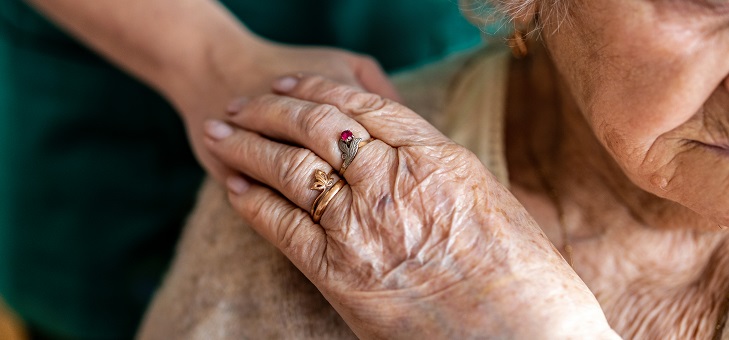Anyone who reads the news would know that Australia’s health and aged care systems, along with those in most other countries, are experiencing very high levels of stress. The ambulance crisis in Victoria, which is being largely replicated in other states, is just one example.
At earlier stages of the pandemic, it was aged care facilities that were under intense pressure; at other times it was hospitals.
A shortage of staff has been a key factor and, according to a report released by Catholic Health Australia (CHA), the crisis is far worse than many realise.
Read: Public hospitals in cycle of crisis, AMA warns
CHA chief executive Pat Garcia says: “I think Australians know there is a shortage of health workers in our system, but I don’t think many understand just how enormous this problem has grown.”
Commissioned by CHA and conducted with the University of Notre Dame, a private Catholic institution based in Fremantle, and healthcare consulting company Evaluate, the report, titled Excess Demand for Nursing and other Professional Services in Hospitals and Aged Care, reveals a startling number of vacancies across Australia.
Some of the more alarming findings include:
- 12,065 registered nurse vacancies in Australian hospitals
- 1454 midwife vacancies in Australian hospitals
- 3891 support staff vacancies in Australian hospitals
- 45,561 qualified aged care worker vacancies in the aged care system
- 1760 registered nurse vacancies in the aged care system.
Read: Cost of living and aged care reform top list of election priorities
These numbers, Mr Garcia says, are likely to be conservative estimates, meaning the shortage could be even more critical.
“The researchers in this study were actually conservative in their modelling, so there’s a chance the real numbers are even higher than these startling figures,” he says. “Our hospitals and aged care providers just cannot go on with this acute understaffing. The situation right now is totally unsustainable.”
In light of the findings, Mr Garcia has called on the new health minister to make reforms in this area a priority. “If these numbers don’t shock the new federal health minister, I don’t know what will.”
At the time of writing, a new federal health minister had not been appointed.
Read: The drugs that could stop you ending up in hospital with COVID
The report details two proposals that could help to alleviate the crisis:
- The recognition by the Commonwealth of the need to: “Establish dedicated migration pathways to grow the care and support workforce where there are labour shortages …”
- The current application for a 25 per cent increase in [the] aged care workforce before the Fair Work Commission, which seeks to create parity between aged care and disability services workers. While this may not be fully met, and may be phased in over time, it is a necessity to attract a sustainable future workforce.
In the short term, Mr Garcia says: “We need to expedite the process for healthcare workers to get into Australia and get them to work. There’s currently far too much red tape and it’s putting people off.”
It remains to be seen how the incoming health minister responds to this, but with Australia currently ‘boasting’ one of the highest per capita COVID rates in the world, many would agree with Mr Garcia’s call for urgent action.
If you enjoy our content, don’t keep it to yourself. Share our free eNews with your friends and encourage them to sign up.

